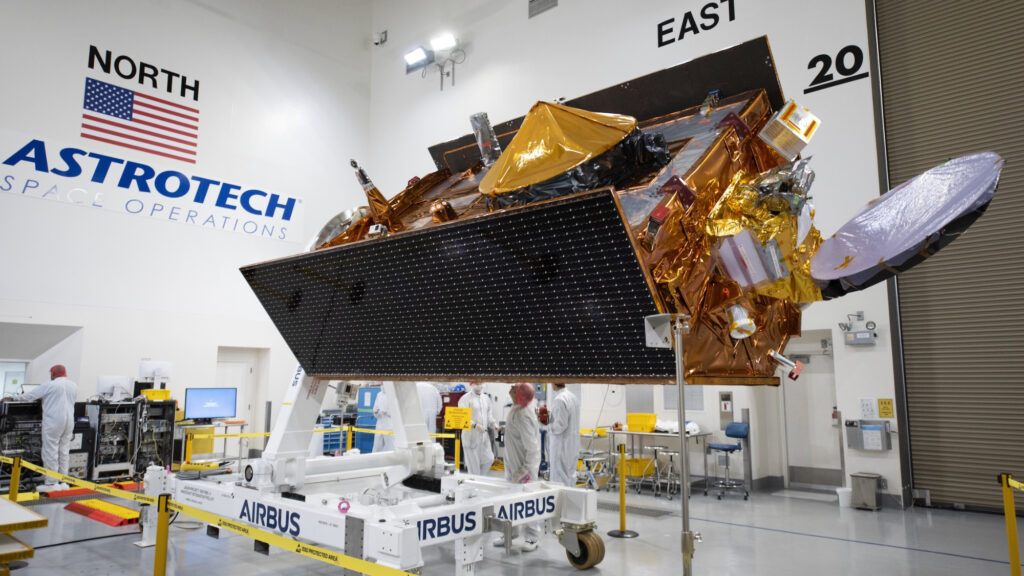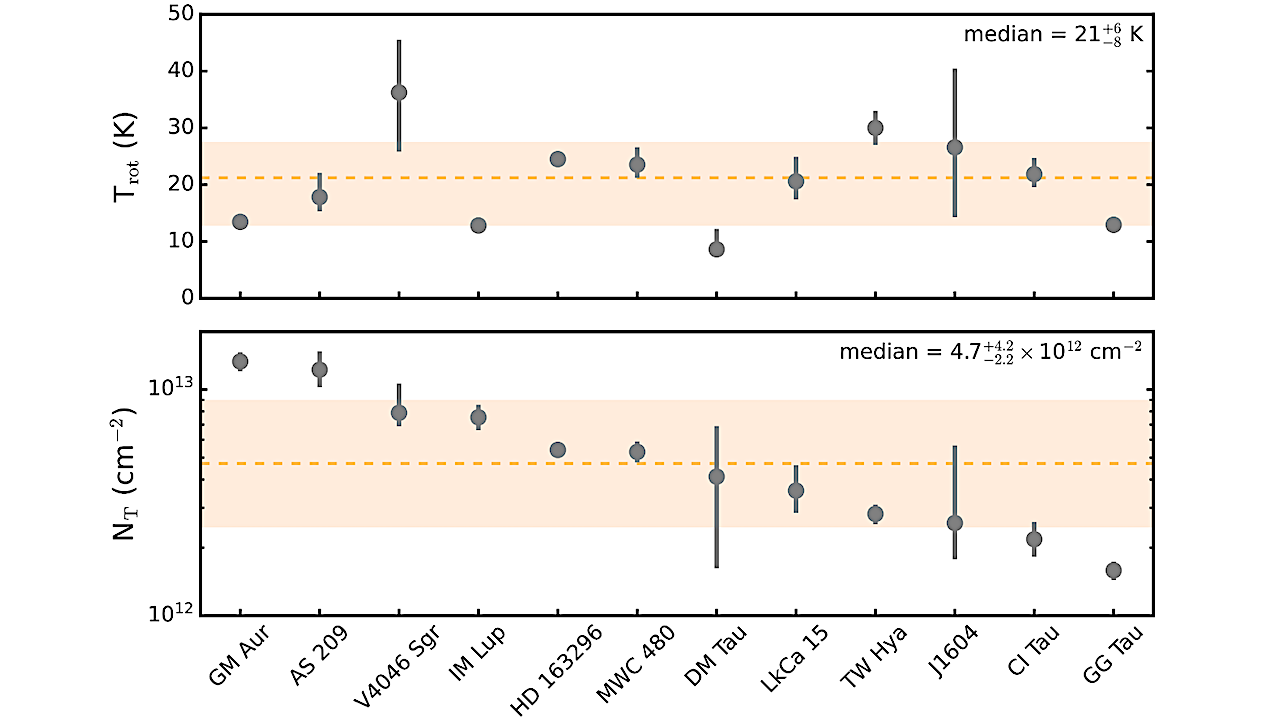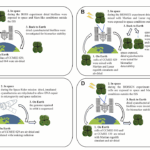Now Reading: The Leonid meteor shower peaks tonight: Here’s where to look for ‘shooting stars’
-
01
The Leonid meteor shower peaks tonight: Here’s where to look for ‘shooting stars’
The Leonid meteor shower peaks tonight: Here’s where to look for ‘shooting stars’

Heads up stargazers! The Leonid meteor shower peaks tonight, bringing a flurry of shooting stars to the night sky as Earth passes through the trail of debris shed by comet 55P/Tempel-Tuttle.
The Leonid meteor shower is active from Nov. 3 to Dec 2 and peaks overnight on Nov. 16-17, when up to 10 meteors per hour may be visible radiating from a patch of sky in the constellation Leo, according to the American Meteor Society.
What time should I look for the Leonids?
The best time to look for Leonids is late at night on Nov. 16 through to the hours preceding dawn on Nov. 17, when the constellation Leo will be positioned high above the eastern horizon, with Jupiter shining brightly to its upper right. Look for a patch of sky roughly 40 degrees above the radiant in Leo, that’s roughly the width of four clenched fists held at arm’s length, where the meteor trails will be at their longest.

Robert Lunsford
Robert Lunsford is the fireball report coordinator, newsletter editor and treasurer at the American Meteor Society, one of the leading sources of information on meteor showers.
“On the morning of November 17th I would expect observers of the Leonid shower to see 5-10 meteors per hour,” Robert Lunsford of the American Meteor Society told Space.com in an email. “It falls off rapidly, [so] I would expect rates of only 5 [shooting stars] per hour on the following morning and another 50 percent drop off on each of the following mornings.”

Be sure to wear warm clothing to combat the cold and allow at least 30 minutes for your eyes to adjust fully to the dark, to give yourself the best chance of spotting fainter members of the annual shower. Try to use a red light if you need to look around, as this will help keep your night vision intact over a standard flashlight!
Nikon Z8

Want to capture a fiery shooting star for yourself? We rate the Nikon Z8 as the best overall camera out there! Be sure to check out our Nikon Z8 review for a more in-depth look at its capabilities.
The Leonid meteor shower is known for producing spectacular meteor storms on occasion, when hundreds, or even thousands of meteors can be seen brightening the night sky each hour. Sadly, Earth isn’t due to pass through a particularly dense cloud of cometary debris from 55P/Tempel-Tuttle until the year 2099.
Want to photograph a shooting star? Then be sure to check out our guide to imaging meteor showers, along with our roundups of the best cameras and lenses available for astrophotography in 2025.
Editor’s Note: If you would like to share your meteor images with Space.com’s readers, then please send your photo(s), comments, name and location to spacephotos@space.com.
Stay Informed With the Latest & Most Important News
-
 012024 in Review: Highlights from NASA in Silicon Valley
012024 in Review: Highlights from NASA in Silicon Valley -
 02Panasonic Leica Summilux DG 15mm f/1.7 ASPH review
02Panasonic Leica Summilux DG 15mm f/1.7 ASPH review -
 03How New NASA, India Earth Satellite NISAR Will See Earth
03How New NASA, India Earth Satellite NISAR Will See Earth -
 04And Thus Begins A New Year For Life On Earth
04And Thus Begins A New Year For Life On Earth -
 05Astronomy Activation Ambassadors: A New Era
05Astronomy Activation Ambassadors: A New Era -
06SpaceX launch surge helps set new global launch record in 2024
-
 07Space Force plans new ‘Futures Command’ amid pressure to speed up modernization
07Space Force plans new ‘Futures Command’ amid pressure to speed up modernization




















